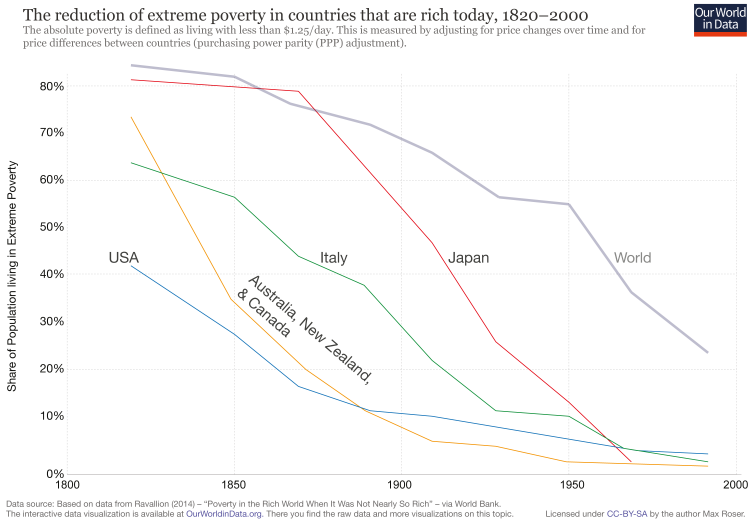The World Advancing Out of Poverty
The World -- Advancing Out of Poverty
-
4.6 million lives saved. These are children and babies who are growing up and getting a real chance at life in no small part because the U.S. saw an opportunity and seized it. Because we saw kids dying of illnesses we could prevent, and diseases we could treat and did something about it. Because we followed the evidence, and made investments in proven interventions.
-
9 million. These are the small farmers and other producers who used new technologies and practices to improve their harvests just last year through Feed the Future. These are the kinds of improvements that have led to drops in poverty between 7 and 36 percent in the areas where Feed the Future works, and helped producers, many of them women, boost their incomes by a combined $800 million in 2015.
-
5,000 megawatts. In three years, Power Africa has already closed on enough transactions to generate that much electricity, and is tracking towards much more. And that’s because the U.S. chose to use the influence and expertise of our government to help connect people and communities to power for the first time. And in doing so, we are helping to steadily break down one of the biggest barriers to growth on the African continent.
-
And while we’re at it, here’s another really good Power Africa number: $54 billion. That’s how much we’ve mobilized in private and public commitments, starting with a U.S. commitment of $7 billion. So not only are we laying a foundation for transformative change, we’re not even footing the bulk of the bill.
-
11.5 million. That’s how many people are on life-saving treatment for HIV/AIDS through PEPFAR, up from 2.1 million when President Obama took office, and an AIDS-free generation is indeed within sight. That’s in no small part because of the leadership of not one, but two Presidents.
-
60. That’s the average number of humanitarian crises USAID has responded to every year of this administration. 60. We’ve deployed 24 Disaster Assistance Response Teams – widely considered the best in the world, actually that’s a fact that’s not just an opinion – over the last eight years to coordinate U.S. efforts on major crises. We helped defeat Ebola in West Africa, took on severe food shortages in Ethiopia and Nigeria and natural disasters in Nepal, Haiti, and the Philippines. And we continue to respond to crises fueled by conflicts in Syria, South Sudan, Yemen and Iraq – in every case, saving lives and meeting urgent needs in the face of extraordinary obstacles.Gayle Smith, former head, U.S. Agency for International Development
Preventable diseases such as AIDS, malaria and tuberculosis are falling in incidence, and are continuing to fall. According to the World Bank, people living on $1.90 or less a day represent the poorest people on Earth. However, in recent years the populations striving to live beneath that level have decreased and their numbers continue to descend.
The survey agency Barnagroup, undertook a survey which they named: Global Poverty Is on the Decline, But Almost No One Believes It. That unwieldy title proved to be a fairly accurate representation of what in actual fact exists. Their opinion survey showed that over eight people out of ten questioned had no idea that global poverty had been dramatically reduced in the last thirty years.
Two thirds of those questioned held the opinion that world poverty had instead risen in that time frame. Half of those questioned had the perception that child deaths have been on the increase since 1990, while over a third believe that deaths from HIV/AIDS have steadily increased in the past five years. Whereas, in fact, both child deaths and deaths caused by HIV/AIDS have decreased in the period in question.
"The world is witnessing an epochal 'global rebalancing' with higher growth in at least 40 poor countries helping life hundreds of millions out of poverty and into a new global middle class."Oxford University's poverty and human development initiative undertook a study to identify nations where progress has been recognized as unusually swift, and that took in Rwanda, Nepal and Bangladesh. Followed closely by Ghana, Tanzania, Cambodia and Bolivia. While those lagging seriously behind were countries in sub-Saharan Africa and South Asia.
United Nations report
Much of the poverty reduction owes to economic growth improving prospects for the poor, where governments and private organizations have substantially increased education opportunities, improved health services and invested in roads. Developments which altogether propel people along the path of working their way out of poverty.

Labels: World Poverty
0 Comments:
Post a Comment
<< Home